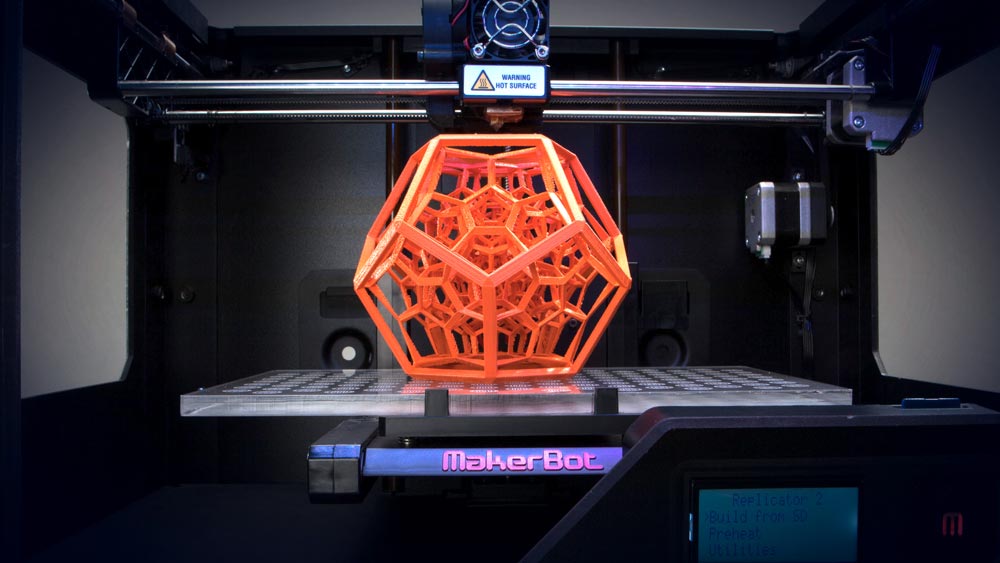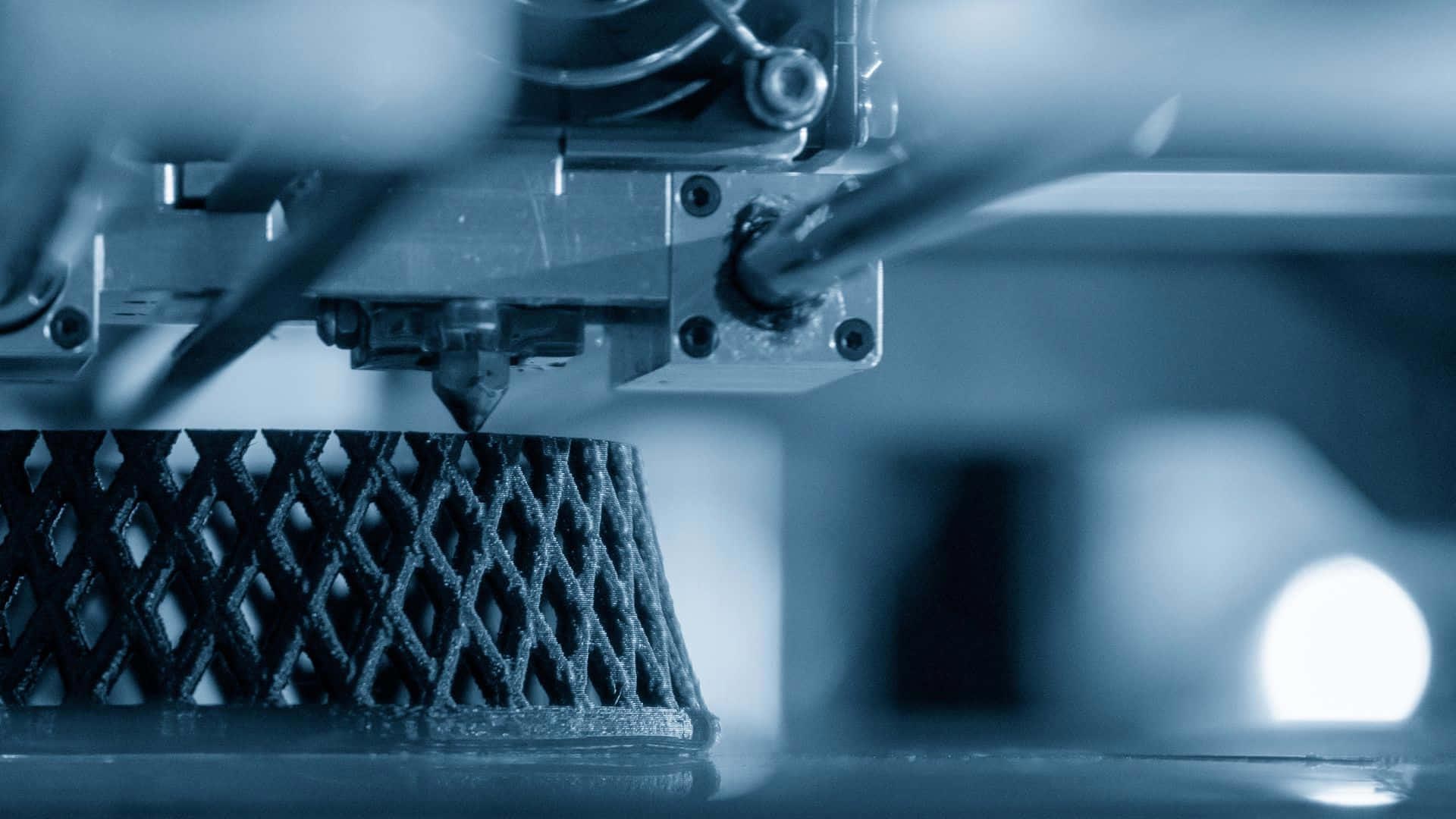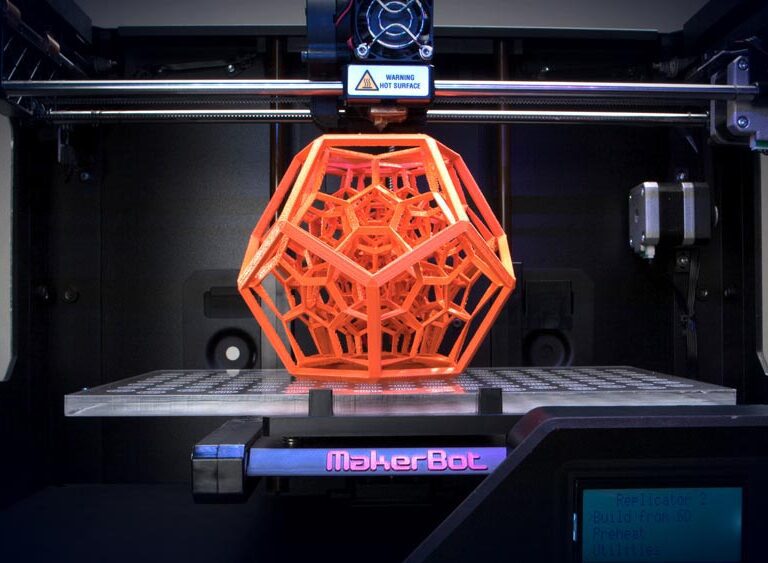Can Blender 3D Print? A Guide to Blender’s 3D Printing Features
Table of Contents
- Introduction
- Modeling for 3D Printing
- UV Unwrapping and Texture Mapping
- Exporting for 3D Printing
- 3.1. STL Export
- 3.2. Scale and Units
- Slicing and G-Code Generation
- Conclusion
Introduction
Blender, the versatile open-source 3D modeling software, is not only a powerful tool for creating stunning visual effects and animations but also an excellent choice for 3D printing enthusiasts. In this article, we’ll explore Blender’s features that make it a valuable asset in the world of additive manufacturing.
1. Modeling for 3D Printing
1.1. Precise Geometry Creation
Blender allows you to create intricate 3D models with precision. Its robust modeling tools, including extrusion, beveling, and boolean operations, enable you to design complex shapes suitable for 3D printing.
1.2. Mesh Cleanup and Repair
Before sending your model to the printer, Blender helps you identify and fix issues like non-manifold geometry, intersecting faces, and holes. Here’s a quick step-by-step tutorial to enable the “3D Print Toolbox” add-on in Blender:
- Open Blender.
- Go to Edit > Preferences.
- In the Preferences window, click on the Add-ons tab.
- Search for “3D Print Toolbox” in the search bar.
- Check the box next to “3D Print Toolbox” to enable the add-on.
- Click Save Preferences.
Now you can access the 3D Print Toolbox from the N menu in the 3D Viewport. It provides essential checks to ensure your model is watertight and ready for printing.

2. UV Unwrapping and Texture Mapping
Blender’s UV unwrapping tools allow you to create efficient texture maps for your 3D models. Whether you’re adding logos, patterns, or surface details, Blender ensures that your textures align correctly on the printed object.
3. Exporting for 3D Printing
3.1. STL Export
The standard file format for 3D printing is STL (Stereolithography). Blender supports seamless STL export, allowing you to save your model in a format compatible with most 3D printers.
3.2. Scale and Units
Pay attention to the scale and units in Blender. Ensure that your model’s dimensions match the real-world measurements you desire. Blender’s unit system allows you to work in millimeters, centimeters, or other units, ensuring accurate scaling.

4. Slicing and G-Code Generation
While Blender doesn’t directly handle slicing and G-code generation (functions typically performed by dedicated slicer software), it provides a solid foundation for creating the 3D model. Export your model from Blender and import it into your preferred slicer (e.g., Cura, PrusaSlicer) to generate the G-code instructions for your printer.
Conclusion
In summary, Blender is a capable 3D modeling software that can indeed prepare models for 3D printing. Its robust features, combined with attention to detail during modeling and export, make it a valuable asset for both beginners and experienced designers.
So, the answer to the question “Can Blender 3D Print?” is a resounding yes! Dive into Blender, unleash your creativity, and bring your 3D designs to life through the magic of additive manufacturing.



